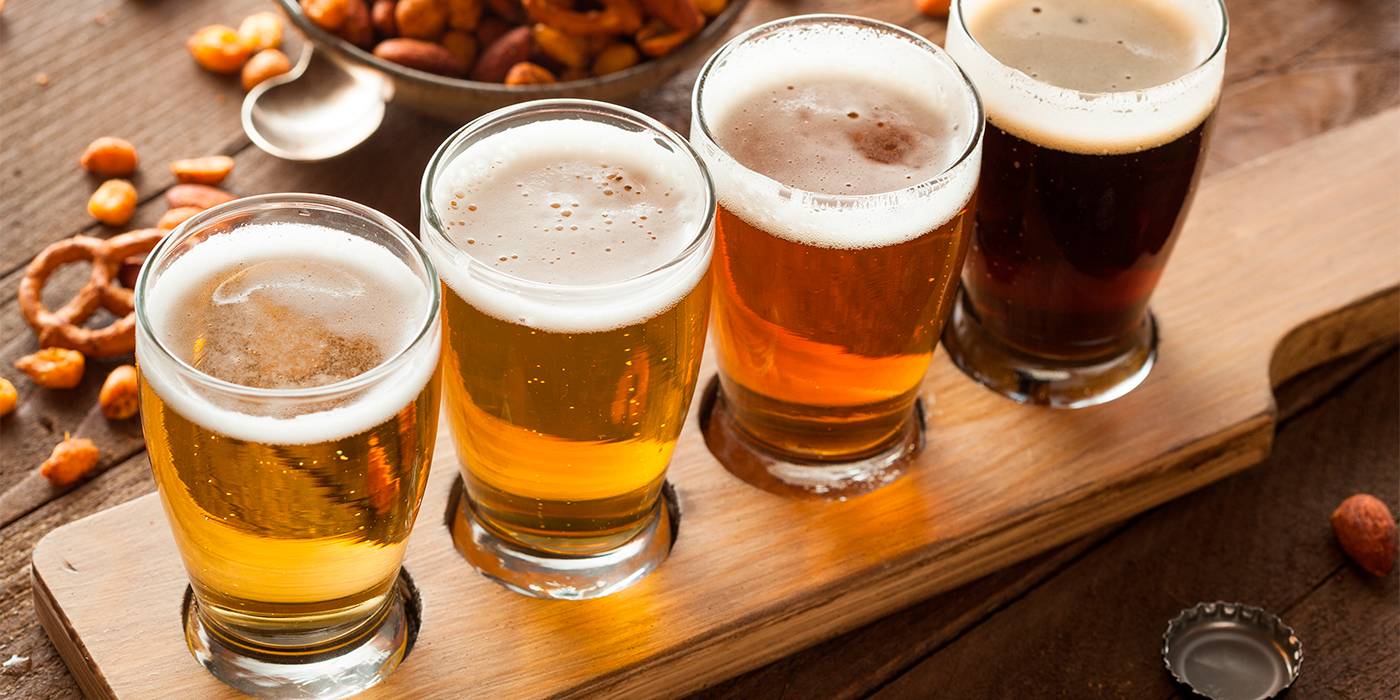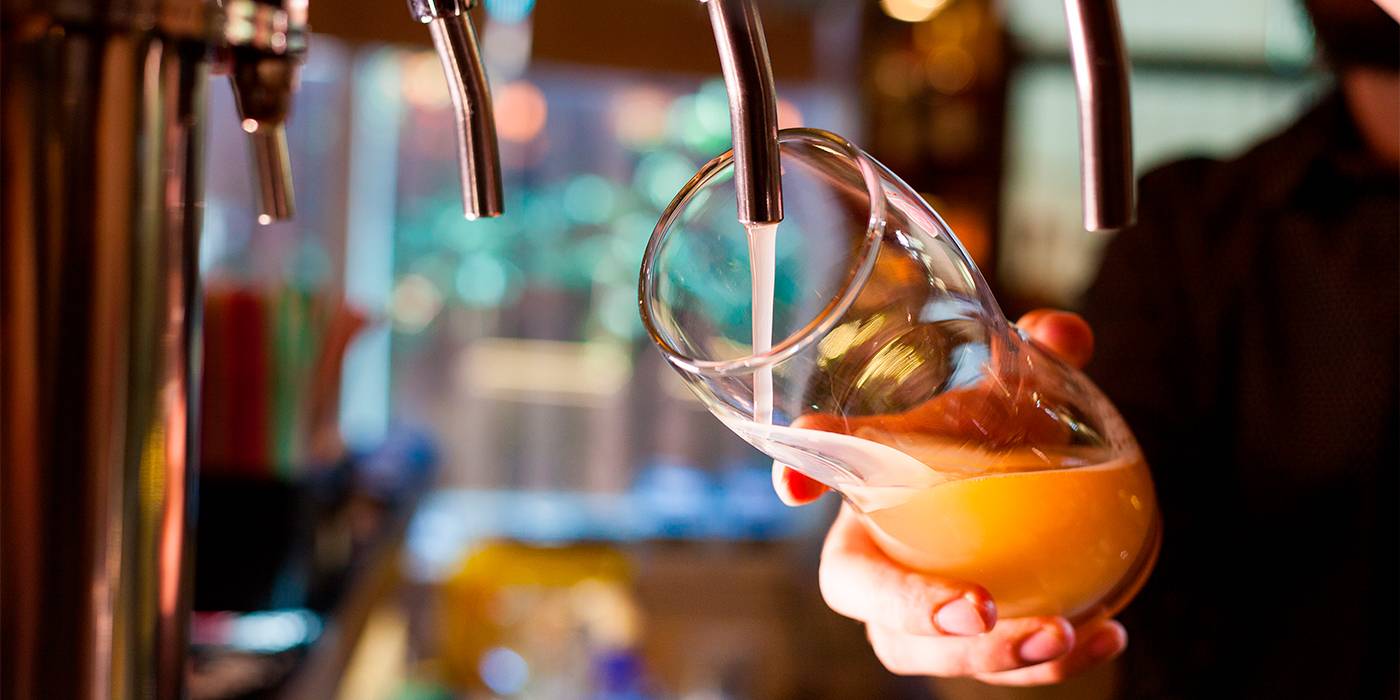Main types of beer: characteristics and varieties
Discover the main types of beer: Ales, Lagers, Lambic... Find out about their characteristics, flavours and styles in this article!

Julio Cerezo - Beer Sommelier
Director of Sabeer Beer Academy
Over the last few years, the beer culture in Spain has been growing step by step. While many people who consider themselves ‘beer enthusiasts’ still see the world in terms of golden lagers, an increasing number are curious to try and learn about other beer styles.
LESSER-KNOWN STYLES
Today, we will cover both some that are relatively easy to find in supermarkets and bars, as well as others that are a bit more elusive but worth exploring if you haven’t tried them yet.
- Golden Lagers By far the most consumed type in Spain. These beers have a moderate alcohol content (around 5%), are brewed with very lightly or not at-all roasted malts and fermented at low temperatures, which produces minimal aromas, making them refreshing and easy to drink. This category includes classic Pilsners from the Czech Republic and German Helles, as well as their various reinterpretations worldwide.
- Amber Lagers This group represents a more intense version of the golden lagers. They are brewed with a higher proportion of malts, usually roasted, which gives them an amber to copper colour and notes of nuts and caramel. Their alcohol content ranges between 6% and 8% and they also offer more body.
- Wheat Beers The most common are German weissbiers, though there are also Belgian wheat beers and some locally brewed varieties. They typically have about 5% alcohol and the use of wheat alongside barley and high-fermentation yeasts imparts characteristics like banana and clove notes. The lack of intense bitterness is offset by a subtle acidity that contrasts with the sweet undertones.

- Belgian Ale This family includes most abbey and Trappist beers, characterised by their fruity and spicy notes and significant carbonation. This balances the warmth of their higher alcohol content, which can range from 6.5% to 10%, depending on whether they are blond, dubbel, tripel or quadrupel.
- Stout: A style from the British Isles that has taken the world by storm through Irish pubs. Dark due to the roasting of its malts, it can offer notes of coffee, cocoa, or liquorice, providing an intensity that sets it apart from the usual golden lager drinker. Its alcohol content is usually moderate (around 5%), though some varieties can reach into the double digits.
- IPAs: Also originating from the British Isles but revived in the USA in the late 20th century, IPAs are the flagbearers of the craft beer movement worldwide. An IPA is characterised by its intense hop profile, which imparts bitterness and a range of aromas including tropical fruit, floral, citrus and more. Today, the range of substyles is vast, with alcohol content varying from 3% to three times that amount, colours from pale gold to black, turbidity from slight to very intense, and bitterness from moderate to very high.
- Barrel-aged Beers These are beers that, after production, are aged in oak barrels, either new or previously used for ageing spirits or wines, particularly ‘fortified’ wines This ageing adds complexity to the beer, with notes that evoke wood, vanilla, raisins, coconut, or the beverage previously contained in the barrel. They typically start with beers with a good alcohol content and come in various styles.

Beyond these groups and their variations, the creativity of brewers extends to an increasing number of styles. The range spans from the most traditional, such as Belgian lambics with spontaneous fermentation and an acidic profile, to the most avant-garde of craft brewers, which could fill several posts. It’s an almost boundless universe that allows us to explore new flavours and marvel at the immense diversity of our delightful beverage.
Cheers!
What do you think about?
Share comments, opinions and tricks with the Community







